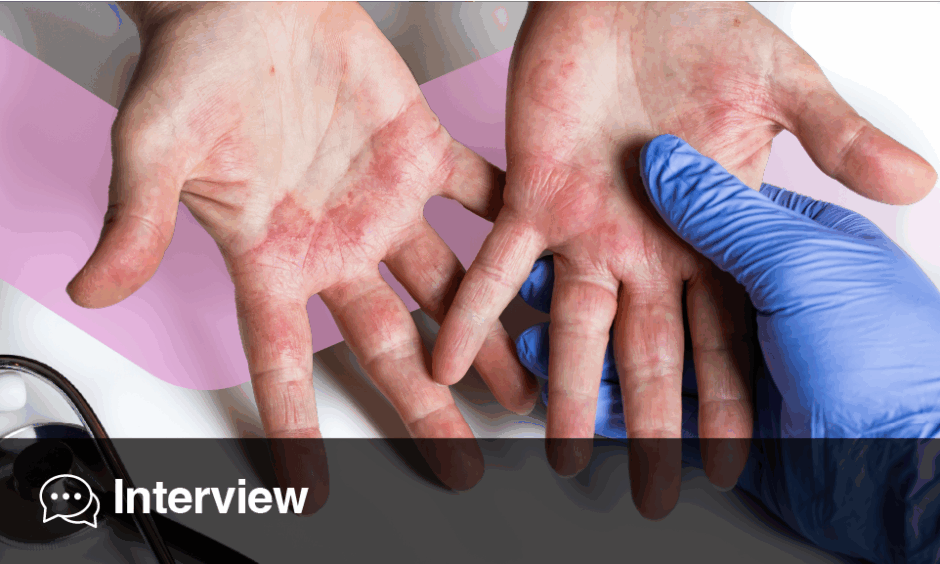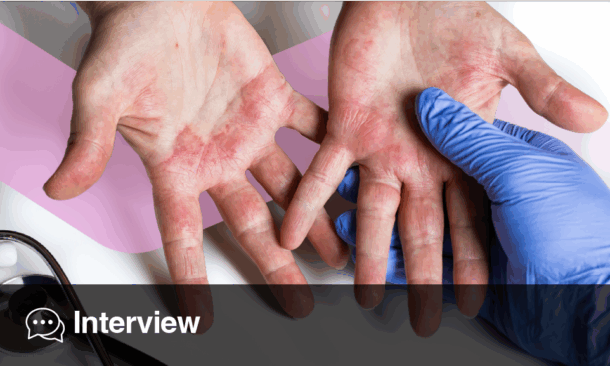VITILIGO is more than a cosmetic concern, especially when it affects the face, as the condition can significantly alter self-perception and social confidence. A recent cross-sectional study explored how facial vitiligo influences social appearance anxiety, comparing affected individuals with healthy controls and analysing how anxiety levels vary depending on lesion location and general psychological wellbeing.
The Emotional Burden Behind Facial Vitiligo
The study involved 156 patients with non-segmental facial vitiligo and 143 healthy controls. Using validated psychological measures, researchers found that those with facial vitiligo experienced markedly higher social appearance anxiety scores (mean = 55.20) than controls (mean = 19.70). This difference highlights the powerful psychosocial impact of visible skin conditions, especially those that alter facial features.
Importantly, social appearance anxiety was strongly linked to higher general anxiety, depressive symptoms, reduced quality of life, and increased perception of disease severity. The emotional toll appears to extend well beyond surface appearance, underscoring the interconnectedness of dermatological and psychological health.
Visibility Matters: The Role of Lesion Location
A key secondary finding revealed that anxiety levels varied depending on where facial lesions appeared. Patients with periorbital (around the eyes) and perioral (around the mouth) lesions reported significantly higher social appearance anxiety than those with lesions on less visually central areas, such as the forehead or jawline. These regions are critical for non-verbal communication and self-expression, which may explain their disproportionate emotional impact.
Moreover, general anxiety acted as a moderator, intensifying the link between lesion visibility and social appearance anxiety. Those already prone to anxiety experienced amplified distress when lesions affected highly visible areas.
Supporting Mental Health in Dermatology
The findings stress that treating facial vitiligo requires more than medical management of pigmentation loss. Clinicians should adopt a holistic approach, integrating psychological assessment and tailored support to help patients manage the emotional and social consequences of visible skin change. By recognising the interplay between mental wellbeing and dermatological health, care providers can better address the hidden impact of facial vitiligo.
Reference
Kurhan F, Yavuz İH. The impact of facial vitiligo on social appearance anxiety: a case-control study. Clin Exp Dermatol. 2025;DOI:10.1093/ced/llaf471.








